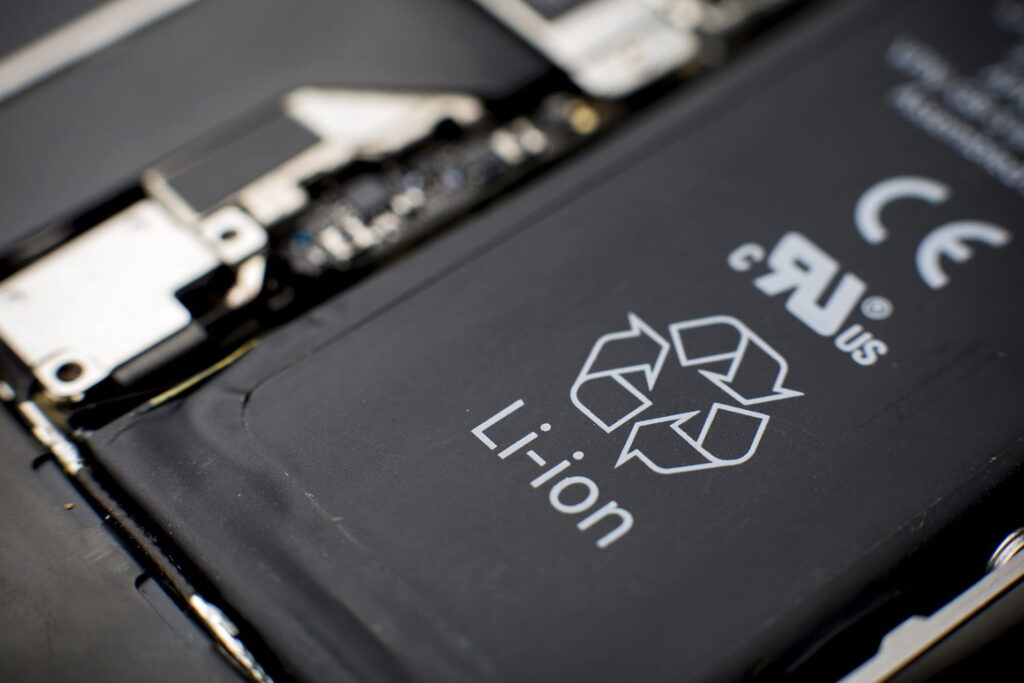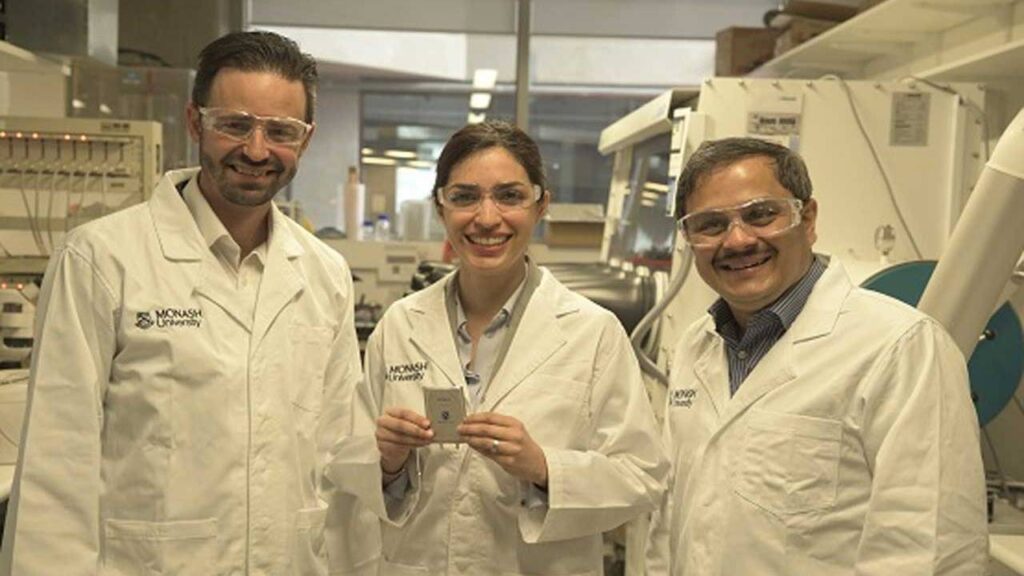Batteries of the Future: A Power Revolution Is Coming

The market is filled with smart things – smart wearables, smartphones, and even smart homes. Most of these tech things function using battery power. However, batteries have limited capacity, and when you forget to charge them, don’t think about gadgets operating smartly. Even with the innovations, battery power is still limited, as some apps and games consume more power.
Researchers and developers are busy testing new materials and different material combinations to develop batteries with long-staying power. Car manufacturers and big technology companies agree that there are limitations to the lithium-ion batteries that are popular today. Even with more efficient operating systems and chips that are power savers, smartphones need a recharge after a day, or at the most, two days of use.
Batteries of the future
Progress of various research on new batteries is going smoothly and new batteries that may last for a week may come earlier than expected. It’s good to know that we are going to have better and long-lasting batteries soon. Here are some of the most promising batteries that researchers are developing.
1. Lithium-ion battery without cobalt
A lithium-ion battery that does not use a cobalt cathode was developed by researchers at the University of Texas. Cobalt is expensive and not that abundant, according to the Texas Materials Institute director and Walker Department of Mechanical Engineering professor, Arumugam Manthiram. They are using 89% nickel, aluminum, and manganese. The professor said their battery lasts longer, with ions evenly distributed.
2. Cobalt-free batteries for electric vehicles
SVOLT, a company in Changzhou, China, said that they had developed a cobalt-free battery specifically for electric cars. Cobalt is rare and expensive, and the company claims that its battery has a higher energy density, allowing the electric car to run up to 500 miles or 800 kilometers before charging. However, more information about the battery, or where it is going to be sold, is not available.
3. Silicon anode lithium-ion batteries
University of Eastern Finland researchers announced that they had found a solution to unstable silicon in lithium-ion batteries by using a method to create a hybrid anode. They are using carbon nanotubes and mesoporous silicon microparticles. Their ultimate goal is to replace the graphite anode with silicon. The method will give the battery ten times the power, improve the battery’s performance, and use a sustainable material. They are using silicon that is made from ash from barley husks.

4. Lithium-sulfur batteries
Researchers from Australia’s Monash University have created a lithium-sulfur battery that can make a smartphone last five days on a single charge. The battery is already fabricated, and manufacturers are showing interest. The product has patents as well. The research team is doing further research using its technology to develop batteries for the grid and car use. The new technology developed by Monash University has lower manufacturing costs and lower environmental impact compared to lithium-ion.
These are just some of the battery technology that you can expect to reach the market soon. Several other companies, organizations, and university research teams are developing batteries that will last longer, for smartphones and other devices and different types of vehicles. There is news about the battery developments using various materials from IBM, Panasonic, University of California Riverside, the University of Surrey and Advanced Technology Institute of Surrey, University of California Irvine, Rice University, and the Bill Gates Foundation, among others. They are experimenting on new and sustainable materials such as seawater, urine, sand, gold nanowires, graphene, sodium-ion, and more.